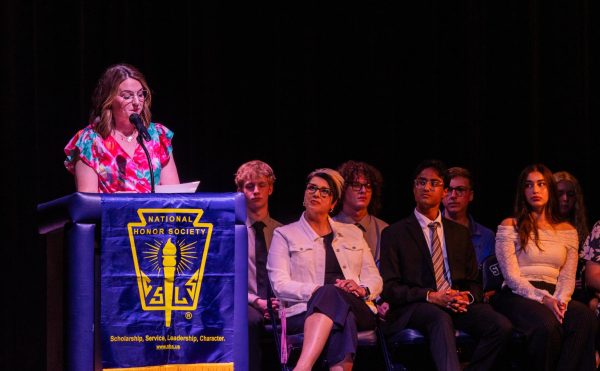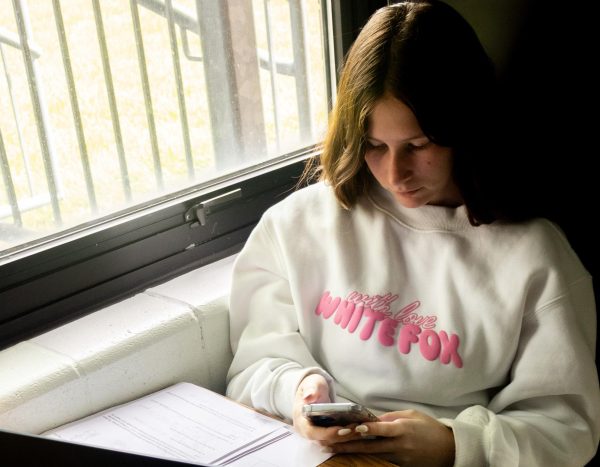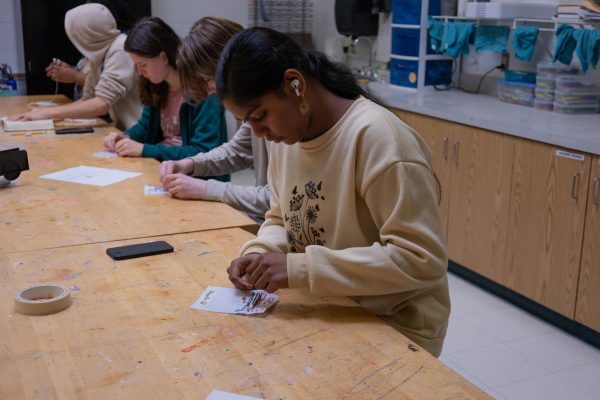Facts & Frauds
How do you tell the difference?
President Harry S. Truman triumphantly displays the front page of the Chicago Daily Tribune after his presidential victory. Clearly, even seemingly credible sources of information have their faults.
“The era of fake writing is upon us.” Vox Media uploaded a video with this title to YouTube March 4 of this year, discussing the modern development of computers who now can create fluid, coherent sentences by scanning instances of real writing and replicating it. As the software became more sophisticated, the computer was able to write fuller, more cohesive articles. Interestingly enough, these machines could more easily write fiction than fact. In other words, these machines are able to be trained to create fake stories.
The reality is that fake news is everywhere, whether it’s written on a computer, or by the computer. The databases chocked full of misguided writers and too-bold headlines are enough to scare anyone with sense away from the entirety of the Internet – but it isn’t all deception. In truth, there is a galaxy of valuable and exciting and honest information waiting to be read. One must only know where to look for it. American government teacher Mrs. Kimberly Schellert has braved the jungle of the internet and was willing to offer a few navigational tips. A very important step is to proceed with caution.
“Be careful about what you are reading. Some sites do a great job making fake news look real. Be willing to fact-check information,” Mrs. Schellert said.
There are many means of fact checking, one of which can be done on-site, at the source of the article.
“When it comes to unreliable sources, I get suspicious when I don’t see an author, a date published, when they aren’t able to quote reliable sources or people, and when I don’t recognize a source at all. If something I have read online seems to be suspicious then I try and fact check it with other sources,” Mrs. Schellert explained.
An alternative way to myth-bust is to use a fact checking website, such as any of the following:
- Politifact
- Factcheck.org
- Washington Post Fact Checker
- Snopes
- Truth be Told
- NPR Fact-Check
- Lie Detector
- Hoax Slayer
Take heart and navigate new information with confidence as you brave the interwebs.
Your donation will support the student journalists of Francis Howell Central High School. Your contribution will allow us to purchase equipment and cover our annual website hosting costs. FHCToday.com and our subsequent publications are dedicated to the students by the students. We hope you consider donating to allow us to continue our mission of a connected and well-informed student body.













